You will need:
- A glass of water
- Different coloured felt tip pens
- White paper towelling
- Scissors
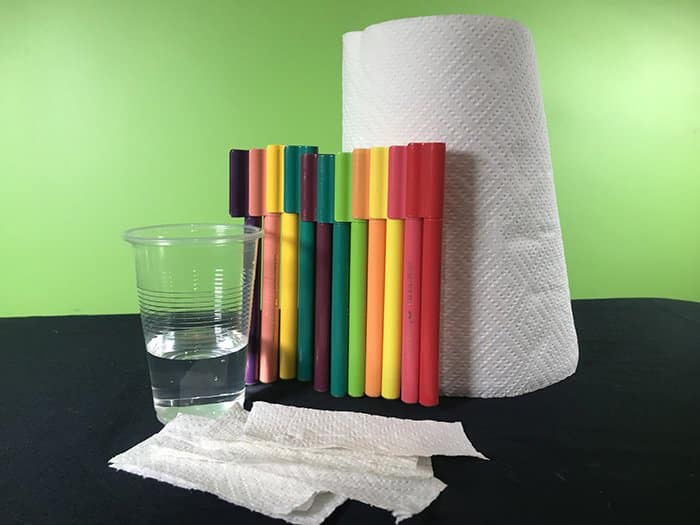
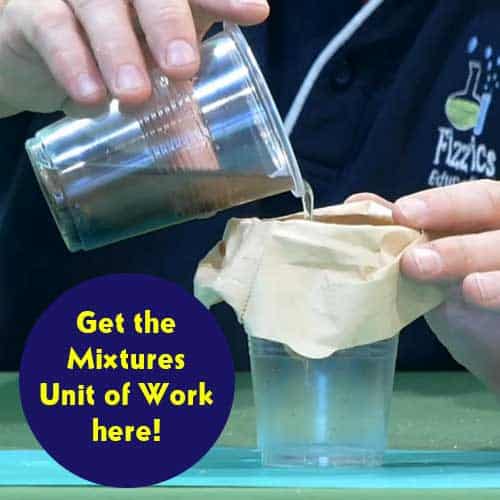
Get the Unit of Work on Mixtures here!
- How can we separate mixtures?
- What are the different techniques?
- From chromatography to magnetism, join us to explore the variety of ways we can separate mixtures!
Includes cross-curricular teaching ideas, student quizzes, a sample marking rubric, scope & sequences & more
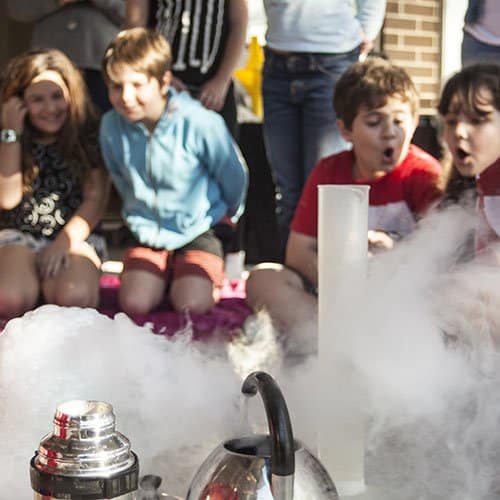
School science visits since 2004!
– Curriculum-linked & award-winning incursions.
– Over 40 primary & high school programs to choose from.
– Designed by experienced educators.
– Over 2 million students reached.
– Face to face incursions & online programs available.
– Early learning centre visits too!
What is happening?
Chromatography is used to separate chemical mixtures. If you are separating coloured compounds like ink, dyes or food colouring you can easily see the results by eye. You can also separate non-coloured compounds, like amino acids or sugars, and detect the results afterwards using staining techniques.
As the solvent (in our case water) moves up the paper, it takes the mixture with it. Different components of the mixture will move at different rates depending on their affinity to the solvent i.e. are they hydrophobic (water-hating) or hydrophilic (water-loving). Changing the solvent (e.g. using methylated spirits) gives significantly different results due to the chemical properties of the dyes.. try this with the permanent ink markers instead!
The water moves up the paper by capillary action. Water is sticky, so we are dealing with the forces of adhesion (water sticks to the paper) and cohesion (water sticks to itself).
Note
One common incorrect explanation is that the ink molecules move different distances depending on their size (smaller ones go further, larger ones not as far). While this isn’t true for this experiment, it is part of the reason behind the separation of DNA and proteins by gel electrophoresis (the other part being their charge).
Variables to try
- Try coffee filter paper vs. paper towelling
- Try permanent vs water-based pens
- Do biro pens work?
- Try different solvents such as water, methylated spirits, isopropyl alcohol or turpentine. Which inks respond to which solvent?
Extension idea
Use this science experiment as part of a mock forensic investigation! Create some ink evidence that can be tested using chromatography… can investigators determine who wrote the ransom note
From colour changes to slimy science, we’ve got your kitchen chemistry covered!
Get in touch with FizzicsEd to find out how we can work with your class.
Marvellous Mixtures
Years K to 4
Maximum 30 students
Hands-on science workshop
60 or 90 minutes
Online Class Available
CSI Forensic Science
Years 7 to 10
Maximum 30 students
Workshop (NSW & VIC)
60 or 90 minutes
STEM Full Day Accelerator - Primary
Designed from real classroom experiences, this modular day helps you create consistently effective science learning that directly address the new curriculum with easily accessible and cost-effective materials.
STEM Full Day Accelerator - Primary
Designed from real classroom experiences, this modular day helps you create consistently effective science learning that directly address the new curriculum with easily accessible and cost-effective materials.
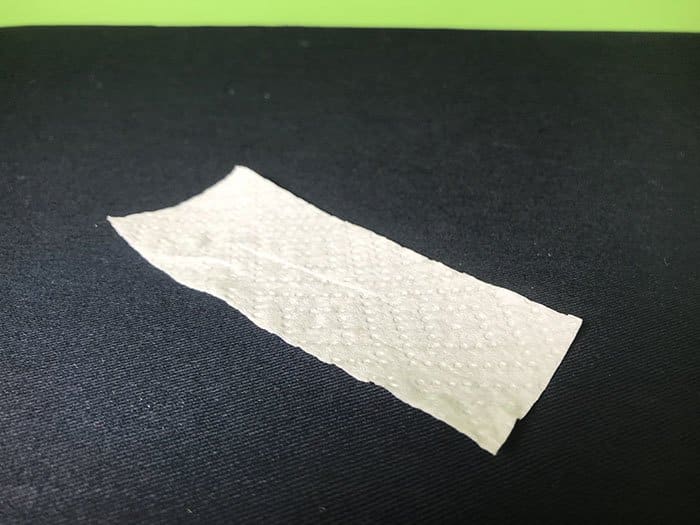
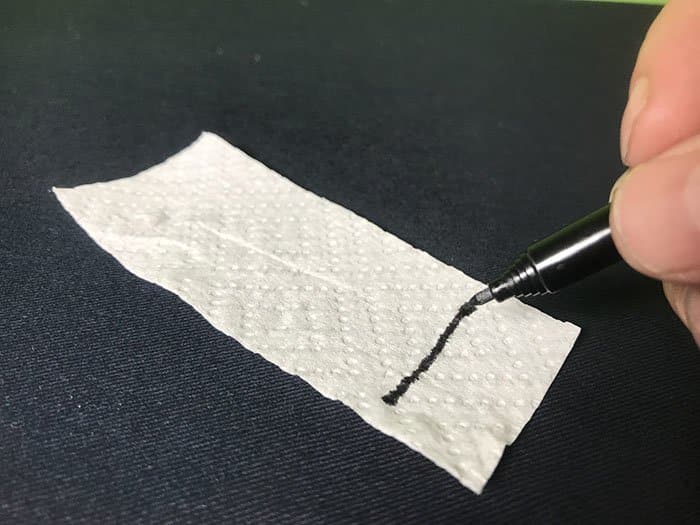
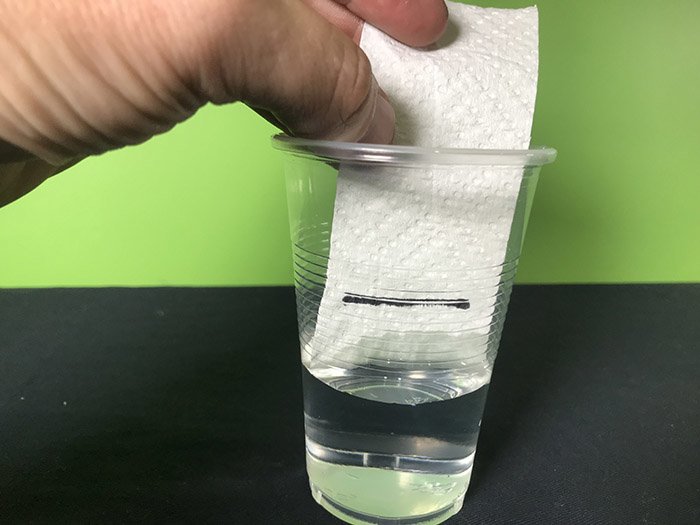
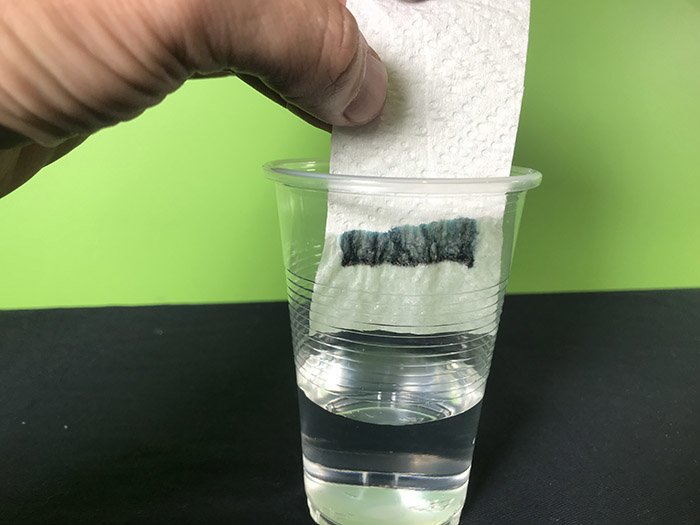
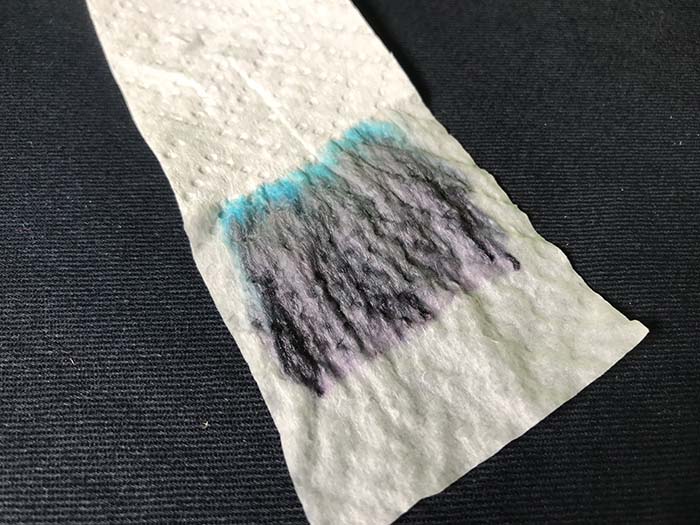
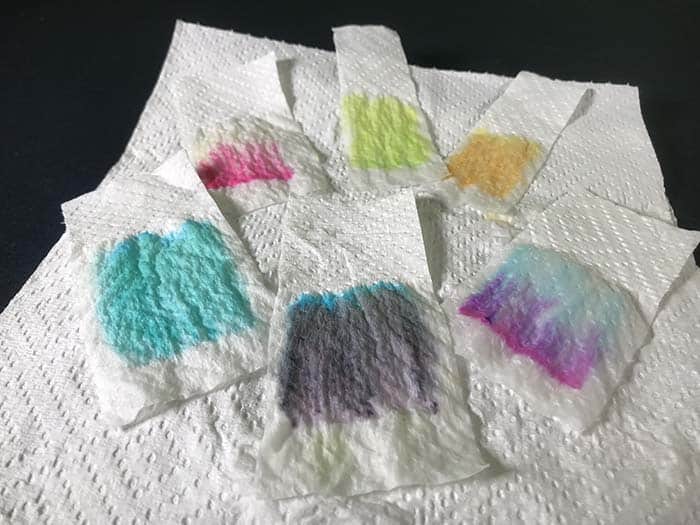

























nice work who ever created this
We’re glad that this has been helpful for you!